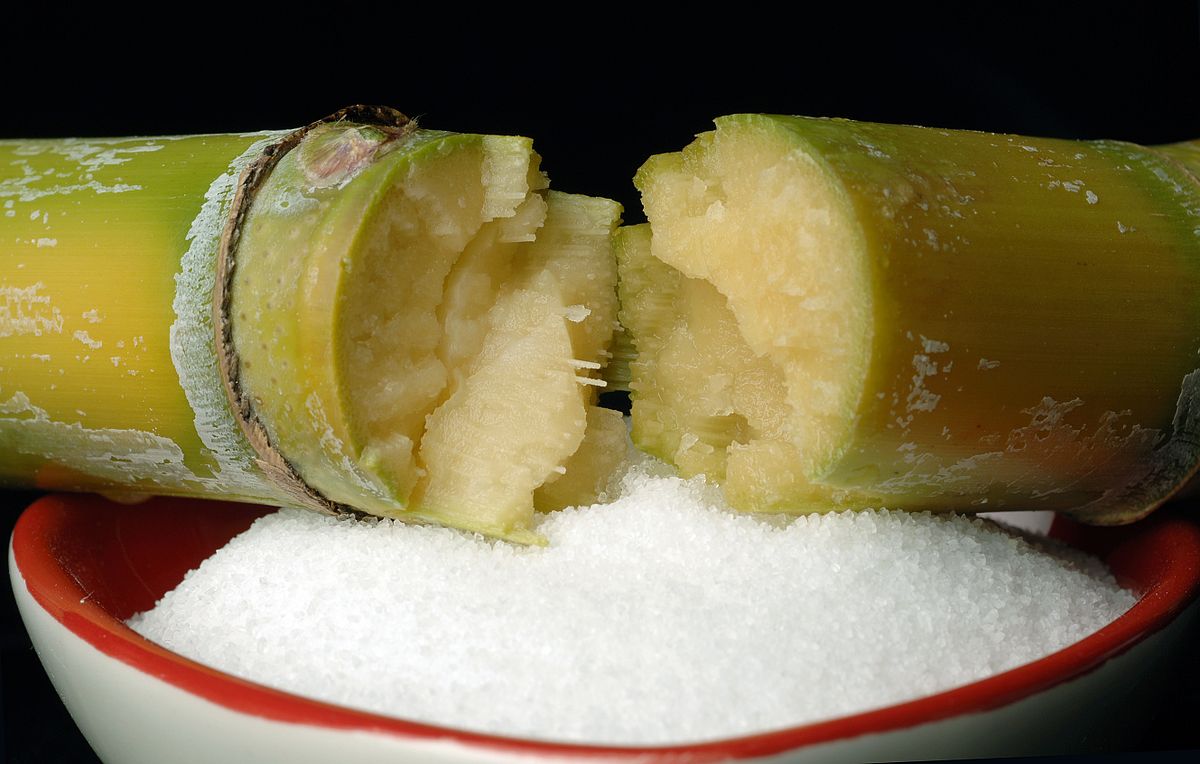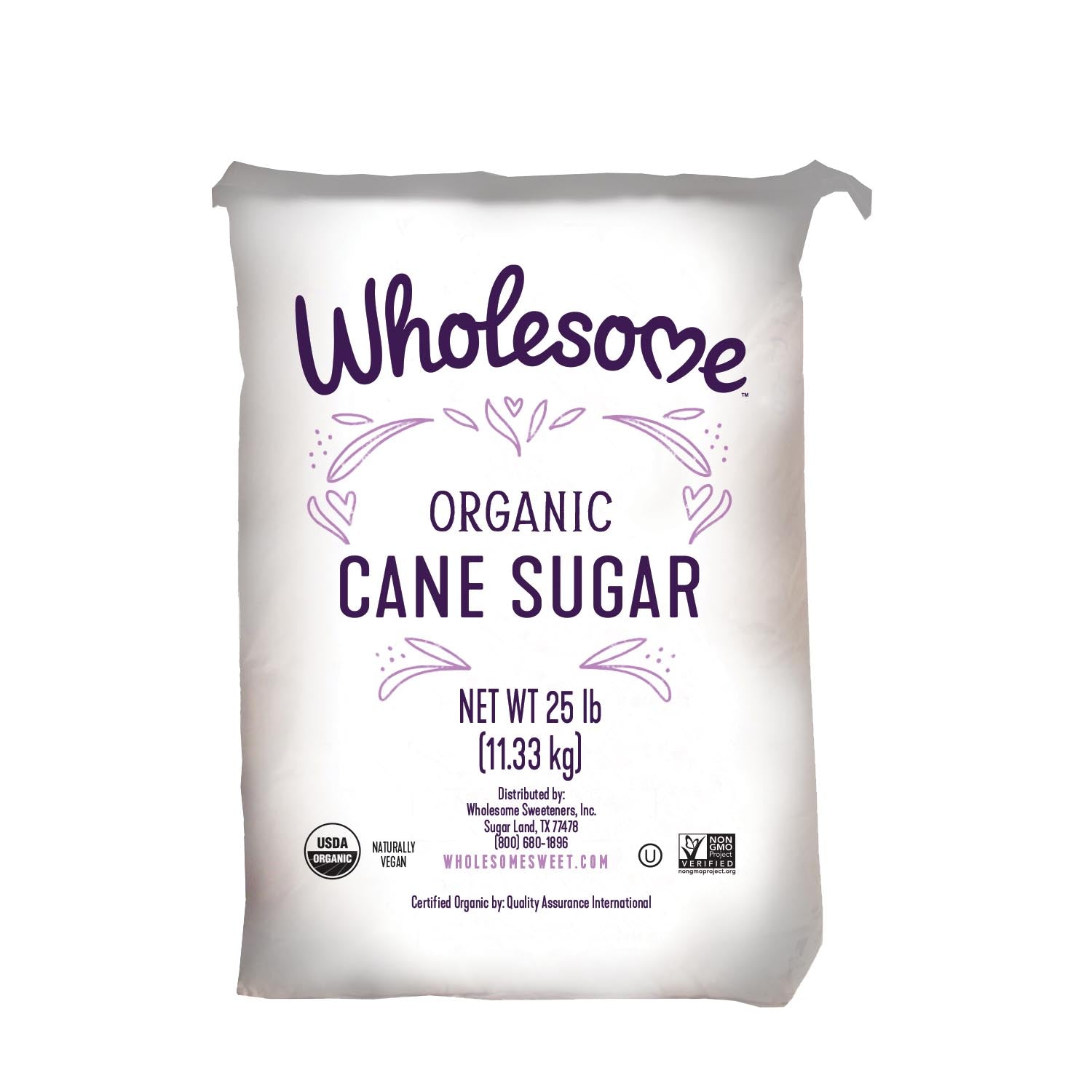Cane Sugar Processing Explained: What Takes Place Inside a Sugar Mill
Cane Sugar Processing Explained: What Takes Place Inside a Sugar Mill
Blog Article
Exploring the Comprehensive Tips Involved in Walking Cane Sugar Handling From Harvesting to Improvement
The process of walking stick sugar production encompasses a collection of elaborate actions, starting with the cautious harvesting of sugarcane and culminating in the improvement stages that make certain the last item meets sector requirements. Each stage, from the removal of juice to the filtration and condensation procedures, plays an essential duty in figuring out the top quality and personality of the sugar. Understanding these phases not just highlights the complexity of sugar manufacturing but likewise elevates vital inquiries regarding performance, sustainability, and advancement in the sector. What implications do these variables have for future techniques?
Harvesting Sugarcane
Harvesting sugarcane is a vital action in the walking cane sugar handling chain, as it straight affects the top quality and return of the end product. Correct timing and strategies are important throughout this phase to guarantee ideal sugar content and reduce losses. Typically, sugarcane is harvested when it gets to maturation, generally 12 to 18 months after growing, identified by a high sucrose focus.

Post-harvest, the sugarcane has to be refined promptly to avoid sucrose degradation. Ideally, collected walking cane must be carried to refining centers within 24 hr to preserve sugar top quality. Consequently, reliable logistical preparation is important to keep the stability of the harvested crop throughout the supply chain.
Extraction Refine

The crushed walking stick is subjected to a series of pushing procedures to optimize juice recovery. Usually, warm water is splashed onto the smashed cane, producing a countercurrent flow that helps dissolve the sugar while also assisting in the extraction procedure. The juice gathered from this procedure includes not just sugar yet additionally various natural substances and contaminations.

To improve removal efficiency, some facilities may utilize diffusion approaches, where the sugarcane is soaked in hot water, enabling the soluble sugars to diffuse right into the liquid. The resulting juice, abundant in sucrose, is then guided to succeeding handling stages, laying the structure for purification and refinement. The extraction process is therefore essential in identifying the high quality and return of the last sugar product.
Purification Methods
The filtration techniques used in walking cane sugar handling are essential for transforming the raw juice right into a top notch sugar item. These approaches largely aim to eliminate impurities, such as soil, plant materials, and inorganic materials, which can negatively see this affect the end product's taste and color.
This process involves adding lime and warmth to the raw juice, which promotes the coagulation of impurities. Additionally, the use of phosphoric acid can boost the explanation process by further binding pollutants.
One more significant strategy is carbonatation, where carbon dioxide is introduced to the made clear juice. This response creates calcium carbonate, which captures continuing to be contaminations and advertises their elimination.
In addition, triggered carbon treatment might be put on adsorb any kind of remaining colorants and natural contaminations, making sure a more polished product. The mix of these techniques efficiently prepares the sugar juice for succeeding steps in the refining procedure, setting the phase for the manufacturing of top notch walking cane sugar.
Formation Methods
After the filtration stage, the following vital action in walking cane sugar handling includes crystallization techniques, which play a critical role in changing the clarified juice into solid sugar. This process generally uses two main techniques: spontaneous formation and regulated crystallization.
In spontaneous crystallization, supersaturated sugar solutions are enabled to cool down normally, causing the formation of sugar crystals in time. This approach is simpler but may cause unequal crystal sizes and lower purity degrees. On the other hand, regulated formation is a more precise technique where seeding, focus, and temperature agents are carefully handled. This technique enables the consistent growth of sugar crystals and greater pureness.
During crystallization, the made clear juice is focused through dissipation, raising its sugar web content until it gets to supersaturation. Once this factor is achieved, either approach can promote the formation process. Cane Sugar Processing. The resultant sugar crystals are then separated from the staying syrup through centrifugation
Ultimately, the selection of condensation approach impacts the high quality, size, and purity of the final sugar product, making read what he said this action vital in the overall walking stick sugar processing treatment.
Refinement and Product Packaging
Just how can the pureness and quality pop over here of walking cane sugar be additionally boosted after condensation? The improvement procedure plays a crucial role in attaining high-grade walking cane sugar. Complying with formation, sugar undergoes a thorough washing to remove contaminations and residual molasses. This is commonly completed making use of cozy water or heavy steam, which helps dissolve and remove undesirable elements while protecting the sugar crystals.
Next, the sugar goes through a procedure called centrifugation, where it is spun at broadband to divide the purified sugar crystals from the staying fluid. After centrifugation, the sugar is frequently more refined via a method called carbonization or phosphatation, which makes use of activated carbon or phosphoric acid to get rid of shade and off-flavors.
When refined, the sugar is dried out to attain the preferred moisture web content, making sure that it remains stable throughout storage and transportation. The final step includes product packaging the polished sugar in moisture-proof and airtight containers to maintain its high quality and stop contamination. Cane Sugar Processing. Correct product packaging not only extends life span but additionally promotes simple handling and distribution, ensuring that consumers obtain sugar that satisfies the highest requirements of pureness and high quality
Verdict
The extensive actions associated with cane sugar handling, from the precise harvesting of sugarcane to the complex refinement and product packaging stages, emphasize the value of each stage in ensuring high-quality sugar production. Ideal harvesting methods, effective extraction techniques, and extensive purification processes jointly add to the last item's pureness and stability. The crystallization and subsequent product packaging techniques additionally boost the stability and service life of the sugar, highlighting the complexity and accuracy integral in this important agricultural industry.
The procedure of walking cane sugar production encompasses a collection of detailed steps, starting with the cautious harvesting of sugarcane and culminating in the improvement phases that guarantee the last item fulfills market standards. Preferably, gathered walking cane should be transferred to refining facilities within 24 hours to maintain sugar high quality.In spontaneous crystallization, supersaturated sugar remedies are enabled to cool normally, leading to the development of sugar crystals over time - Cane Sugar Processing. The improvement process plays an essential duty in accomplishing premium walking cane sugar.The detailed steps included in walking cane sugar processing, from the thorough harvesting of sugarcane to the elaborate refinement and product packaging phases, highlight the relevance of each phase in making certain premium sugar production
Report this page